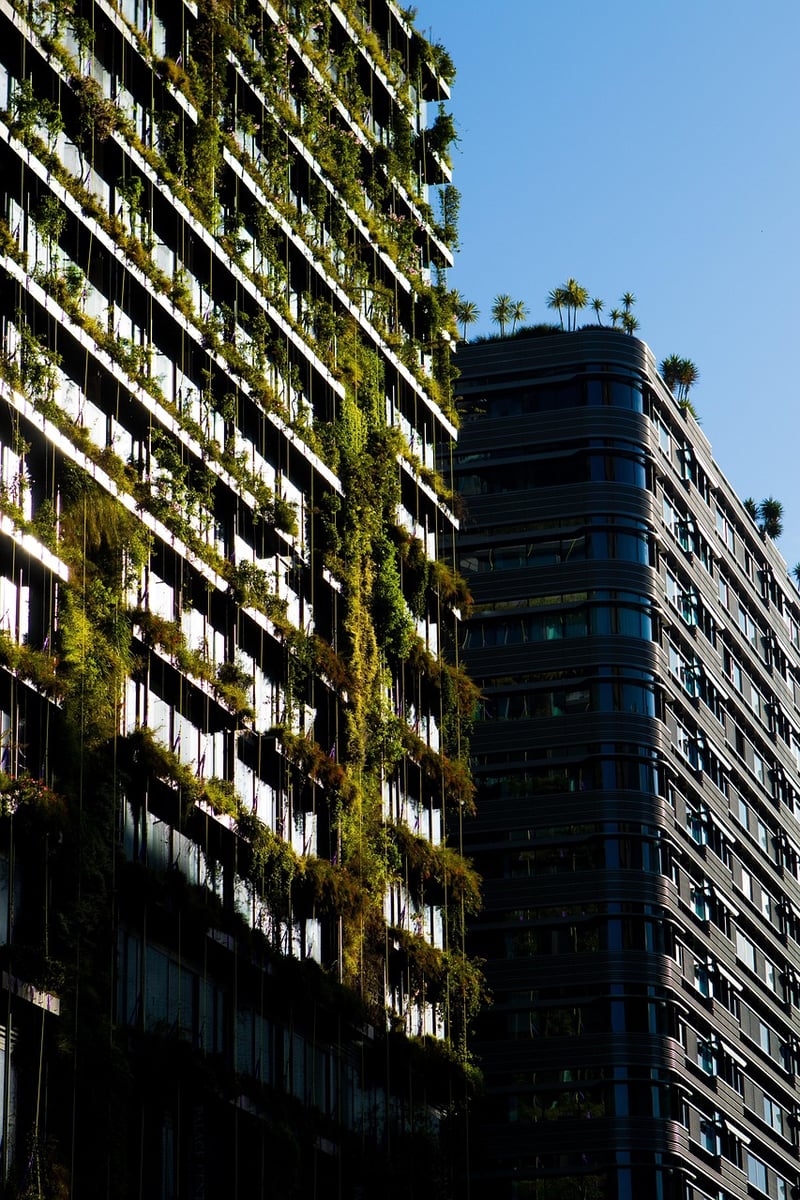Vertical Planting
The Art of Vertical Planting: Maximizing Green Spaces in Limited Areas

In urban environments where space is a premium commodity, the concept of vertical planting has gained popularity as a creative solution to bring greenery into limited areas. Vertical planting, also known as vertical gardening or green walls, offers a practical and visually appealing way to cultivate plants vertically, whether indoors or outdoors.
Benefits of Vertical Planting
- Optimal space utilization
- Improved air quality
- Enhanced aesthetics
- No need for large land areas
- Reduced heat absorption
Types of Vertical Planting
There are various methods to implement vertical planting:
- Green Walls: Living walls attached to the exterior or interior of buildings.
- Vertical Gardens: Freestanding structures with integrated planters.
- Hydroponic Towers: Soil-less vertical systems using nutrient-rich water.
- Hanging Gardens: Suspended plant installations for indoor spaces.

Tips for Successful Vertical Planting
- Choose plants suitable for vertical growth.
- Ensure proper irrigation and drainage systems.
- Position plants based on sunlight requirements.
- Regularly prune and maintain your vertical garden.
- Consider the weight load on structures for safety.
Embracing Green Innovation
As cities continue to expand and green spaces diminish, vertical planting offers a sustainable and innovative approach to incorporate nature into urban landscapes. Whether you are a gardening enthusiast or an urban planner, exploring vertical planting techniques can revolutionize the way we interact with plants and the environment.
Join the vertical planting movement today and transform your limited spaces into flourishing green oases!
For more inspiration and ideas, visit Vertical Garden Institute.
